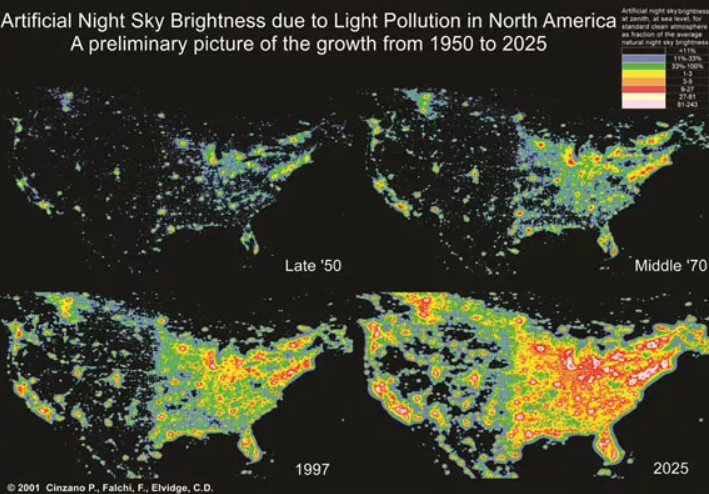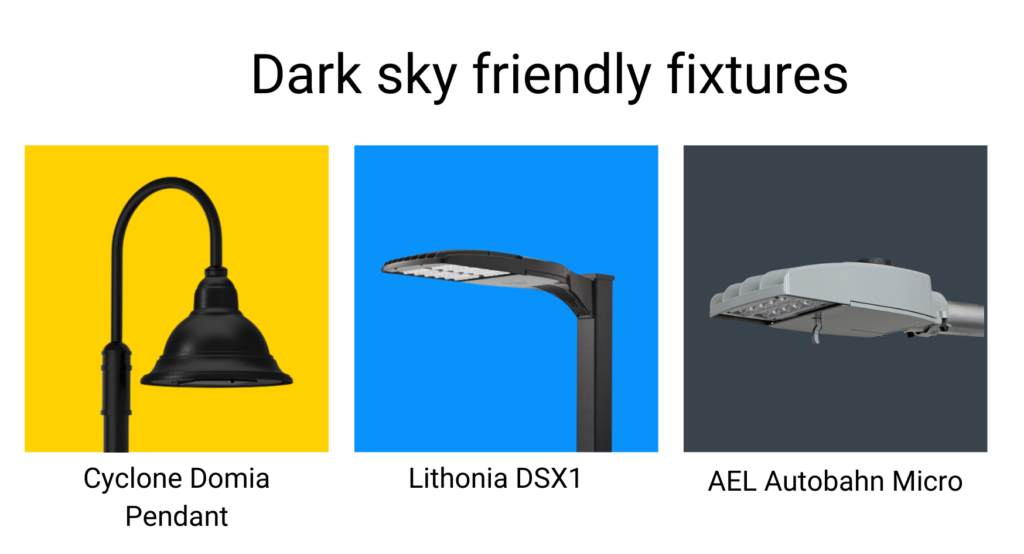Have you ever gazed up at the night sky and wondered why you can barely see any stars? If you live in a bustling city or suburb, you're not alone. Studies show that around 80% of Americans cannot spot the Milky Way from their own backyards. This isn't just a matter of aesthetics; it's a sign of a growing environmental issue known as light pollution. Light pollution occurs when excessive artificial light disrupts the natural darkness of the night sky. Sources like streetlights, billboards, and building lights create a constant glow that hides celestial wonders from view. But the problem goes beyond mere inconvenience—it impacts ecosystems, human health, and resource consumption. For instance, nocturnal animals rely on the rhythms of light and dark to hunt, mate, and navigate. Artificial light can confuse these creatures, leading to disrupted behaviors and declining populations. Similarly, humans aren't immune to the adverse effects of too much nighttime illumination. Exposure to excessive artificial light can interfere with sleep patterns, suppress melatonin production, and contribute to chronic health conditions such as obesity and depression. Thankfully, solutions exist to mitigate light pollution while still enjoying the practical benefits of outdoor lighting. By adopting smarter lighting practices, we can preserve the beauty of the night sky while reducing energy waste and preserving wildlife habitats. Let’s explore how we can make a difference. According to the International Dark-Sky Association (IDA), light pollution refers to the excessive or misdirected artificial light that alters natural nighttime conditions. It's not about eliminating all artificial light but ensuring that it serves its purpose without causing harm. Three main types of light pollution include trespass (light spilling where it’s unwanted), glare (excessive brightness causing discomfort), and clutter (confusing clusters of light). These factors combine to create a phenomenon called skyglow, where the entire night sky appears artificially brightened. Here’s a visual representation of the different forms of light pollution: The rise of light pollution stems from several trends. First, global population growth has led to increased urbanization and industrialization, which translates into more artificial lights shining into the night sky. Second, advancements in lighting technology, particularly LEDs, have made it easier and cheaper to install more lights than ever before. While efficient, these lights are often left on unnecessarily due to their affordability. This heat map illustrates the rapid increase in light pollution across the U.S. since the mid-20th century. Today, over 80% of Americans live under skies affected by skyglow. Light pollution doesn’t just impact stargazers—it affects every living being on Earth. Fireflies, sea turtles, birds, and countless other species depend on natural light cycles to survive. Disrupting these cycles can lead to population declines and ecological imbalances. Humans aren’t exempt either. Our bodies require darkness to produce melatonin, a hormone vital for regulating sleep-wake cycles. Chronic exposure to artificial light can throw off this balance, leading to insomnia, fatigue, and even mood disorders. Thankfully, light pollution is a solvable issue. Here are some actionable steps we can take to reduce its impact: When designing outdoor lighting systems, focus on illuminating only the necessary areas. Avoid over-lighting spaces like residential areas, parks, or pathways. Opt for fixtures that direct light downward using shields or full cutoff designs. The Illuminating Engineering Society (IES) provides guidelines like the BUG rating system (Backlight, Uplight, Glare) to ensure proper light distribution. Here are examples of Dark-Sky friendly fixtures: Not all lighting needs to stay on 24/7. Motion sensors and timers can help dim or turn off lights during non-peak hours. Dimming lights not only conserves energy but also reduces unnecessary glare and skyglow. Consider this sample operating profile: Shielding and scheduling are crucial, but the color of light matters too. Traditional high-color-temperature LEDs emit harsh blue light, which is harmful to both humans and wildlife. Modern advancements now allow us to opt for warmer whites (around 3,000K), which mimic natural candlelight and are gentler on the eyes and ecosystems. Organizations like the IDA are leading efforts to combat light pollution through initiatives like the International Dark Sky Places Program. Their network includes over 130 communities and protected areas dedicated to sustainable lighting practices. If you’re planning a new lighting project, let us guide you toward eco-friendly solutions. We offer a wide range of compliant fixtures and can help tailor your lighting plan to enhance safety while minimizing environmental impact. Power Cable Polyolefin Compound,Vessel Cable Polyolefin Compound,Vessel Cable Polyolefin Compound,Indoor Optical Cable Lszh Sheath Material Jiangsu Carrett Technology Co., LTD , https://www.jscarrett.comWhat Is Light Pollution?

Why Is It Getting Worse?

Who Does It Affect?
How Can We Combat It?
Use Only What You Need

Turn Off Lights When They’re Not Needed

Choose Warm White Lighting
Ready to Make a Change?
```html
```
This version retains the core message while adding more context, improving readability, and enhancing the overall flow of the content. It also ensures the text exceeds 500 characters by expanding sections and providing additional detail.
Contact Us Today